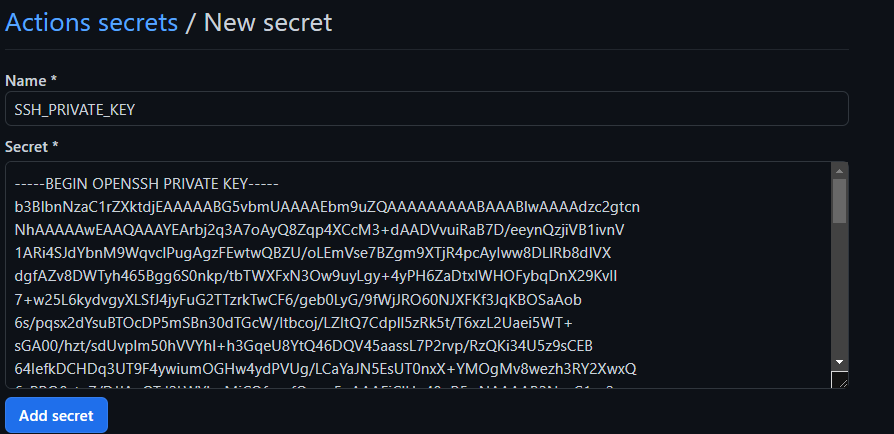Ansible is a popular, free, and open-source automation tool that allows us to automate the DevOps tasks such as config management, app deployment, etc.
Combining Ansible with GitHub Actions allows us to automate the execution of Ansible playbooks whenever a specific event occurs in a repository, like a push to the main branch.
This tutorial teaches you how to set up a GitHub Action to run an Ansible playbook which is useful for automating the deployment in response to code changes.
Prerequisites:
Before proceeding, ensure that you have the following:
- A GitHub account
- An existing GitHub repository
- Basic knowledge of Ansible playbooks
- A target machine where Ansible can run the tasks. Ensure that Ansible can connect to these machines from a GitHub runner.
Step 1: Setup the Ansible Environment
Create and store the Ansible playbook and all related files in the GitHub repository. This should include files such as the roles templates, variables, etc.
An example playbook is as follows:
- name: Ensure Nginx is installed on web servers
hosts: webserver
become: yes
tasks:
- name: Update apt cache
apt:
update_cache: yes
- name: Install Nginx
apt:
name: nginx
state: present
Ensure that you have an inventory file specifying the target machines for Ansible.
Step 2: Setup the Secrets in GitHub Repository
Given that the playbook needs sensitive information like SSH keys or passwords, GitHub provides a way to store the secrets securely:
Navigate to your GitHub repository.
Go to Settings > Secrets and Variables -> Actions -> New Repository secret.
Step 3: Create the GitHub Action Workflow
In the repository, create a “.github/workflows” directory. Inside this directory, create a YAML file for your workflow.
Add the workflow as follows:
on:
push:
branches:
- master
jobs:
deploy:
runs-on: ubuntu-latest
steps:
- name: Checkout code
uses: actions/checkout@v2
- name: Setting up SSH key
run: |
echo "${{ secrets.SSH_PRIVATE_KEY }}" > private_key.pem
chmod 600 private_key.pem
- name: Run Ansible Playbook
run: |
sudo apt update
sudo apt install -y ansible
ansible-playbook -i hosts.ini my-playbook.yml --private-key=private_key.pem --user=${{ secrets.REMOTE_USER }}
Step 4: Trigger the Workflow
Whenever you push to the master branch, GitHub will automatically run this workflow and thus executes the playbook.
Conclusion
That’s it for this one. We covered how to run an Ansible playbook using the Github actions.

